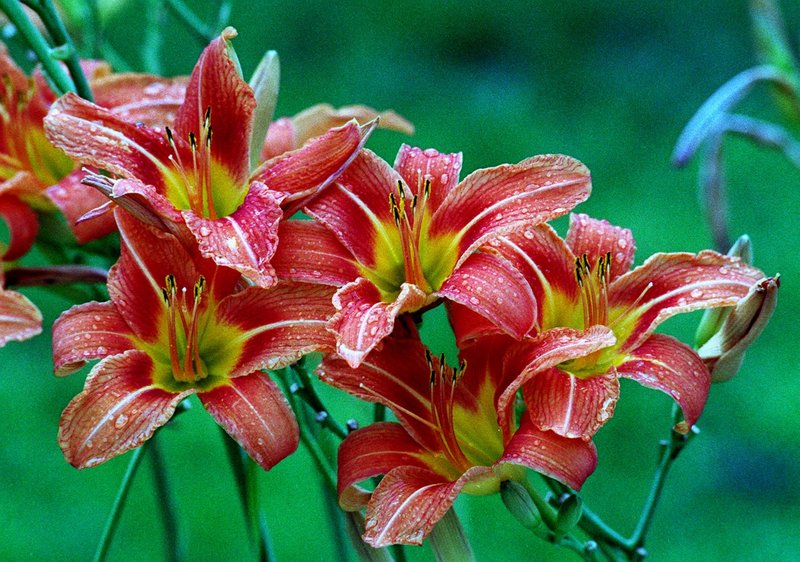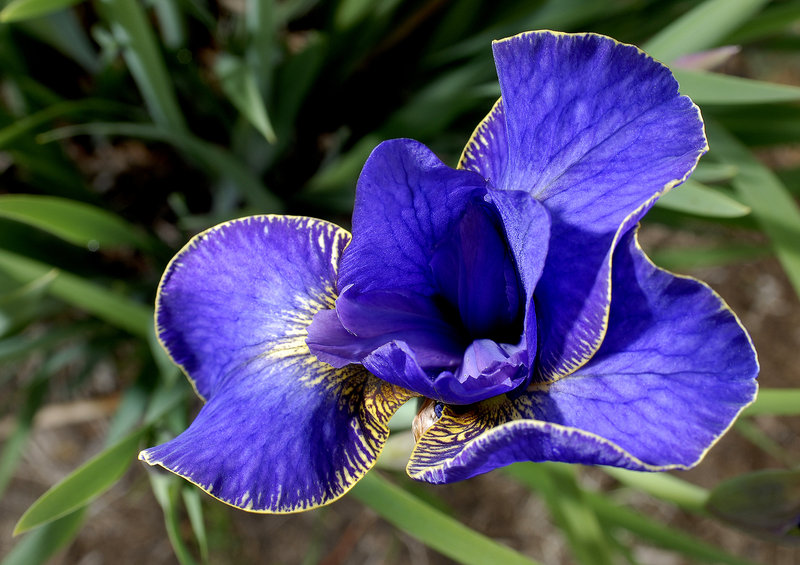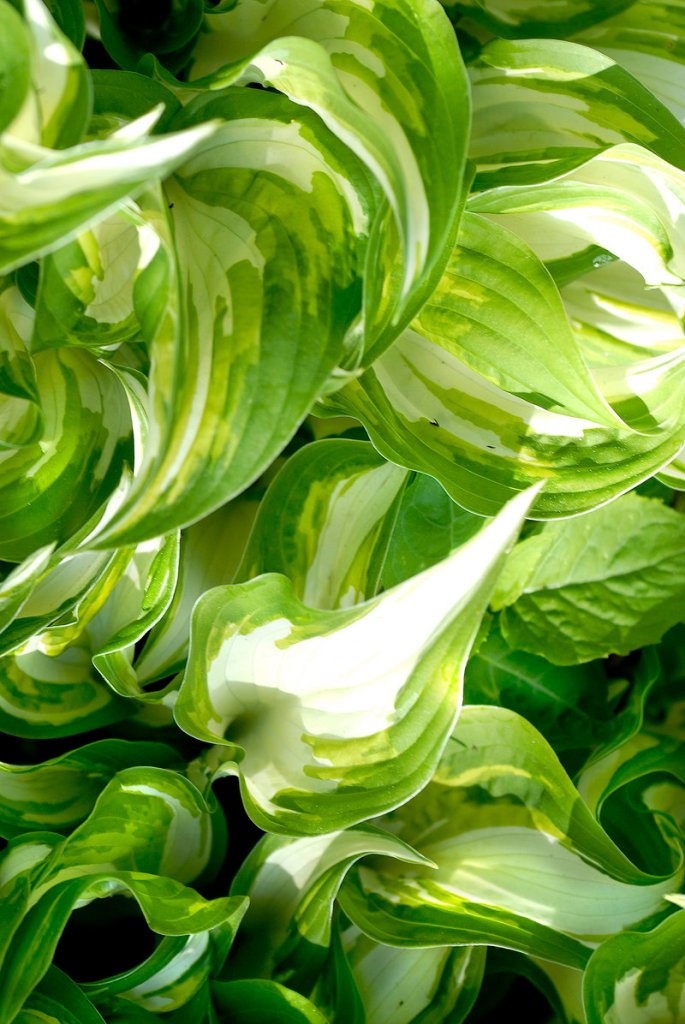It is usually July when you notice: The hostas are taking over the garden. Or it could be the day lilies, irises or, heaven forbid, lady’s mantle.
The bigger plants are expanding to the point where they are overwhelming the more delicate sedum, astilbes and chelone. This doesn’t mean the aggressive plants are bad. You just have to keep them under control.
In July, you can’t do anything about it. You have company every weekend through Labor Day — even if you don’t have a garden tour scheduled. You don’t want to dig up that gorgeous row of hosta plants, move them around and make a mess of your perennial beds during prime visitor season.
But it is now September. Your company should be pretty nearly done for the year (until Thanksgiving, anyway). It’s going to start getting cool enough so you don’t mind doing a bit of physical labor outside. It’s time to do some digging and dividing.
Digging and dividing is a natural process. Healthy plants get bigger. They send their roots farther afield to support the larger plant.
In some plants, including some grasses, some irises and Shasta daisies, the center of the root system dies, and all of the life is on the edge of the roots. That’s a sign it’s time to dig and divide.
The process is simple. You dig all the way around the plant right out to the edge of the foliage, putting the shovel into the ground up to its hilt. Then you pull back on the shovel and sort of pry that side of the plant loose from the ground.
If the plant is being cooperative, it will pop right out of the ground. Nancy likes to divide the plant while it’s still in the ground: Picture the plant as a circle, cut the circle into three or four segments using your sharp shovel, and then remove the segments from the excavation.
Nancy is so neat that she likes to put down a plastic tarp next to the plants she’s dividing so the garden soil goes into the tarp and not on the lawn. She dumps the soil back in the garden after the excavation.
People who have just moved into their homes love digging and dividing, because they get extra plants. You can fill up empty spaces in the garden. It’s the way your gardens become full and lush.
When properties — and the people who inhabit them — get older, and the gardens already are full, the problem is what to do with the plants you have left over.
You can give them away to friends and neighbors. You can pot them up for spring, when many groups hold their plant sales. Or you can just compost them.
When a plant has overgrown its current location, I will usually dig it up and leave about a quarter of it behind. You take the other three-quarters and turn them into three more plants — to do with as you wish.
The lack of visitors isn’t the only reason that fall is the ideal time to divide plants. Plants need a lot of water immediately after they are transplanted, and — even though August was rainy — we usually have more rain in September and October than we do during the heat of summer.
The plants I would not divide in the fall are the ones that bloom in the fall. There are a couple of reasons for this. First, it makes no sense to disrupt a plant when it is at the peak of its beauty.
Second, plants use up a lot of energy when they are blooming, and are at their weakest then. For fall-blooming plants, you should wait until spring to dig and divide.
Hostas are among the easiest plants to divide. You just dig them up and cut the roots. They are very difficult to injure.
Day lilies create fans that you can dig up without disturbing the rest of the plant. Or, if you dig up the whole plant, you can pry it apart with your hands without using a tool of any kind.
Siberian irises have a tough, woody root. I usually do not dig up the entire plant. I just cut through the roots with a sharp shovel, remove the part I want to take away, and leave the rest.
Other irises are not quite as tough as Siberian irises, but they take a similar method.
I decided to write this column because some hostas were overtaking our astilbes, but astilbe is another plant that is easily divided — and one that you can just divide with your hands once you get it out of the ground.
These are just some of the most common plants. But the rule is the same for any perennial.
First, be as gentle as possible. If you can divide it with your hands, do so. If not, use a knife or trowel, dividing at natural breaks. Finally, just slice it.
This might not always work, but you can also dig and divide some shrubs.
We had a doublefile viburnum that we had rescued and left in our vegetable garden for five years or so. We finally found a place to put it in our shrub border, so I dug it out and was preparing to move it.
While I was doing that, the roots split — about two-thirds in one piece and a third of it in the other.
I planted the larger piece in the shrub border and the smaller piece in a place where we had just removed some brambles. I am pleased to say that both are doing well.
I hope to say the same next year for that really large row of hostas.
Tom Atwell has been writing the Maine Gardener column since 2004. He is a freelance writer gardening in Cape Elizabeth and can be contacted at 767-2297 or at:
tomatwell@me.com
Send questions/comments to the editors.





Success. Please wait for the page to reload. If the page does not reload within 5 seconds, please refresh the page.
Enter your email and password to access comments.
Hi, to comment on stories you must . This profile is in addition to your subscription and website login.
Already have a commenting profile? .
Invalid username/password.
Please check your email to confirm and complete your registration.
Only subscribers are eligible to post comments. Please subscribe or login first for digital access. Here’s why.
Use the form below to reset your password. When you've submitted your account email, we will send an email with a reset code.